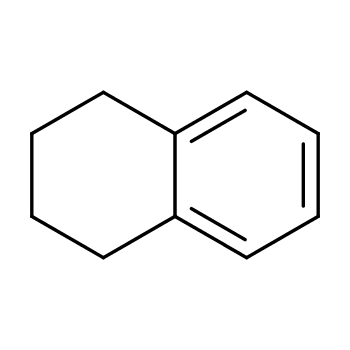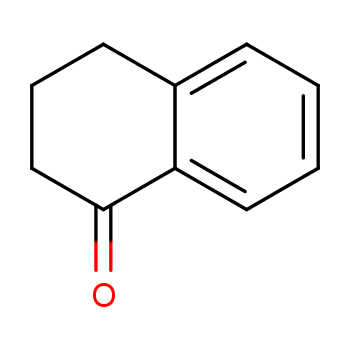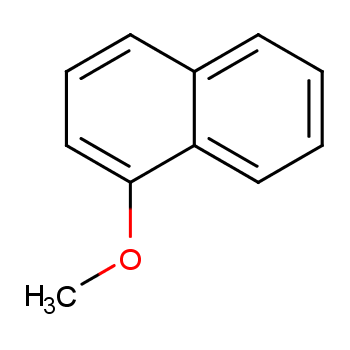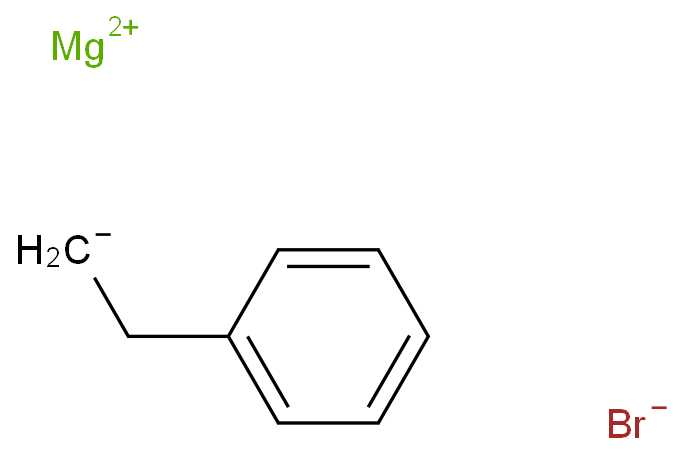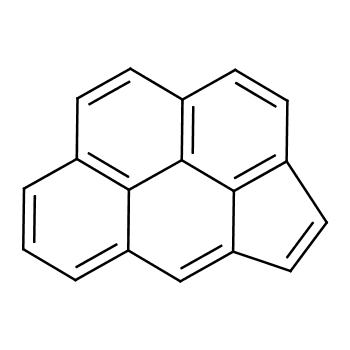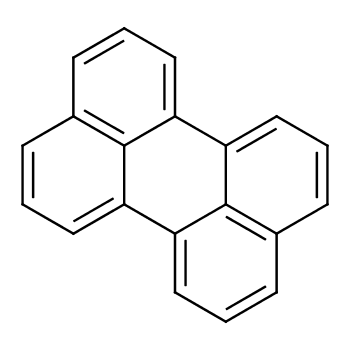-

BENZO(J)FLUORANTHENE
- CAS:205-82-3
- MW:252.30928
- MF:C20H12
- Category
Organic Intermediates Pharmaceuticals and Biochemicals Basic Organic Chemicals Agrochemicals Inorganic Chemicals Catalyst and Auxiliary Custom Manufacturing Food & Feed Additives Daily Chemicals Dyestuffs and Pigments Laboratory Chemicals Adhesives and Sealants Flavour & Fragrance Paint and Coatings Polymer Metals and Minerals
- Encyclopedia
- Dictionary
- Supplier
- Buyer Request
- TradeShow
- FAQs
- Structure Search
 EN
EN



